On the sidelines of the Interpolitex 2025 international security exhibition taking place in Moscow, defense company Gumich RTK introduced for the first time the low-altitude air defense system integrating AI Impulse-PVO technology.
The system is designed to destroy low-flying reconnaissance drones using kinetic interceptors also known as UAVs, and is touted as a mobile, rapid-response solution to address evolving airborne threats.
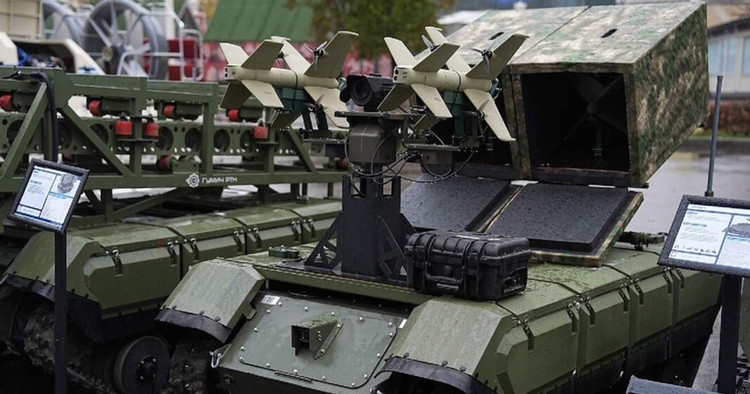
Impulse-PVO robot on display at Interpolitex 2025.
Impulse-PVO is equipped with eight small drones, each weighing 1.35 kg and capable of reaching speeds of up to 200 km/h.
The system is designed to destroy small drones without missiles, using the direct impact kinetic energy from an interceptor UAV launched from a robotic launcher on the ground.
According to the company, Impulse-PVO operates in the 700 MHz to 6,200 MHz frequency spectrum, allowing it to operate in complex electromagnetic environments. The compact system is designed to be remotely controlled as part of a broader strategy to automate short-range air defense for mobile formations or key locations.
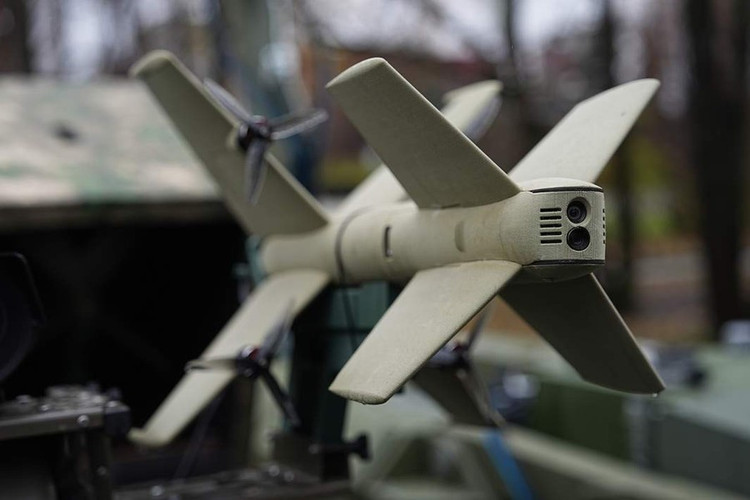
Compared to missile-based low-altitude air defense systems, Impulse-PVO’s kinetic interception approach has the potential to reduce the cost per target and allow for more “ammunitions” to be carried on the same platform. In return, effectiveness depends heavily on sensors, control, and guidance to ensure impact at speeds up to 200 km/h, especially when engaging small, maneuverable targets. Due to limited public data, it is not possible to assess the range, flight time, accuracy, or swarming capabilities.
While the exact timing of the system's deployment has not been revealed, its public debut comes as Russia attempts to adapt to the growing use of UAVs in modern conflict.
The Impulse-PVO approach provides a low-cost alternative to traditional missile-based short-range air defense systems, potentially enabling widespread deployment on convoys, forward operating bases, or civilian infrastructure.
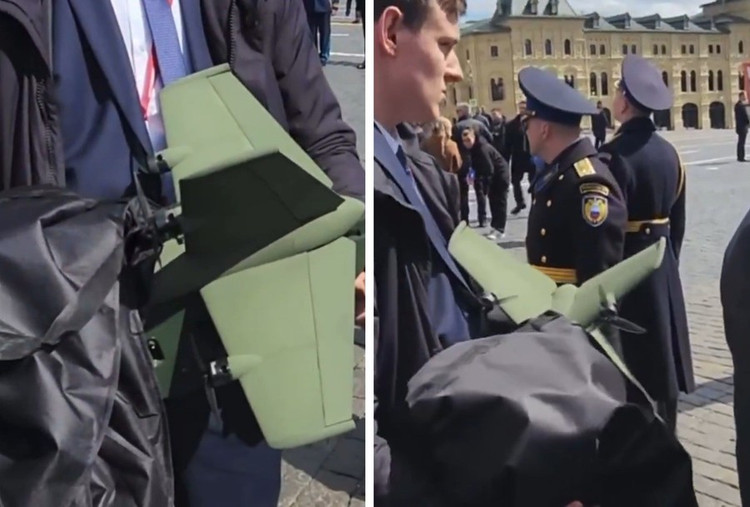
Notably, a handheld version of a similar interceptor drone system was spotted earlier this year in St. Petersburg, carried by Russian President Vladimir Putin's personal security team.
During a public appearance in the city, a member of the presidential protection unit was seen holding a compact FPV-style drone designed for anti-UAV operations.
The presence of this interceptor attracted attention due to its large size and configuration clearly focused on combat purposes.
While officials have not commented on the device, its public exposure suggests the technology powering Impulse-PVO has been adapted for VIP security and close protection missions, in addition to its conventional military uses.
Source: https://khoahocdoisong.vn/bat-ngo-suc-manh-vu-khi-ai-chong-uav-bao-ve-tong-thong-nga-post2149065204.html


![[Photo] Da Nang: Hundreds of people join hands to clean up a vital tourist route after storm No. 13](https://vphoto.vietnam.vn/thumb/1200x675/vietnam/resource/IMAGE/2025/11/07/1762491638903_image-3-1353-jpg.webp)

















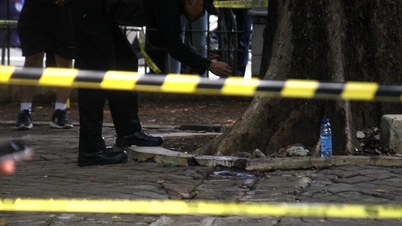












































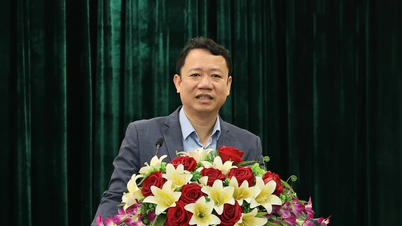




































Comment (0)